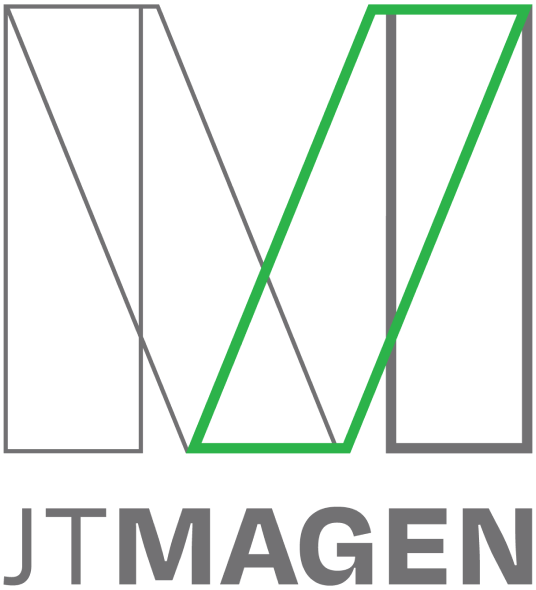In October 2023, Microsoft Server 2012 will reach end of life (EOL) for extended support, which will leave your applications and infrastructure vulnerable. If you’re still running Microsoft Server 2012, you have a decision to make – and soon!
What is Microsoft Server 2012?
Microsoft Server 2012 is the server version of Windows that your servers and applications operate on. While mainstream support for Windows Server 2012 ended in October 2018, extended support is now scheduled to cease on October 10, 2023.
What does this mean for you?
There will no longer be technical support provided or software upgrades, security patches, and bug fixes for Microsoft Server 2012 after October 10, 2023. This will not only impact usability and stability, but also security and compliance. While your server will still work, you are increasing the risk to your business in several ways.
- Security Concerns
While your server will still work, you can be sure that once Microsoft Server 2012 reaches EOL, cybercriminals will be waiting to target and exploit these new vulnerabilities. A cyber breach not only costs a firm in loss revenue, but the firm also takes a reputational hit as well, which can have long-term and more costly consequences than the breach itself. - Loss of Support
In the event your firm needs technical support, after October 2023, you will no longer receive timely, reliable input from Microsoft. - Compliance Concerns
Closely aligned with security concerns, if you are not running in a secure environment, your firm will no longer meet compliance requirements set forth by industry regulations, your clients, and your insurance company, just to name a few. If a breach occurs, you also run the risk of being hit with more severe fines. - No New Updates
As Windows introduces newer functionalities, you will no longer have access to these updates. User experience will be hindered.
What Options Do You Have?
Now is the time to plan your next steps so you can avoid potential security breaches and remain compliant with industry regulations and your client’s requirements. Should your firm migrate to newer, supported versions? Or perhaps it’s time to consider an alternative option that would more fully meet your future needs.
One option is to pay for extended support. This is extremely expensive and is merely a short-term solution. You will eventually need to make a decision and move on from Microsoft Server 2012.
Another option is to maintain your data center and on-premise infrastructure by doing a full upgrade to Windows Server 2022. This option is costly and time consuming. Newer operating systems require more processing power and server space. If your server hardware is more than 5 years old, it may need to be replaced due to age and capacity.
Move to the Cloud
Moving to another operating system on new infrastructure needs to be continuously maintained, upgraded, and eventually replaced when it, too, reaches EOL. A better alternative is to consider moving your IT to the cloud to break this cycle. With Microsoft Server 2012 reaching EOL, there is no better time than now to consider this move.
Boxtop is our Desktop as a Service (DaaS) cloud solution that enables firms to fully leverage cloud by moving your entire IT – including desktops, servers, applications, and files – to our secure private cloud. With the Boxtop cloud solution, security, mobility, backup, and business continuity are inherent, so your firm will never have to pay for or manage these services separately. Plus, you will never need to purchase costly servers again, saving your firm on infrastructure and hardware costs.
With Boxtop, Tabush Group is responsible for upgrades and maintenance, plus, we provide strategic IT advice to your leadership, as well as system and end-user support.
Today, most firms operate in a hybrid environment, and Boxtop is the perfect solution, enabling users to float between workspaces in the office or outside of the office. Users seamlessly access their Windows desktops, data, and applications from any device and any location.
Depending on your firm’s specific needs and the complexity of your current environment, a move to the cloud will likely be measured in months. With October literally around the corner, now is the best time to plan. Learn more about Boxtop or contact us now to find out how we can help you make the move from Microsoft Server 2012.









